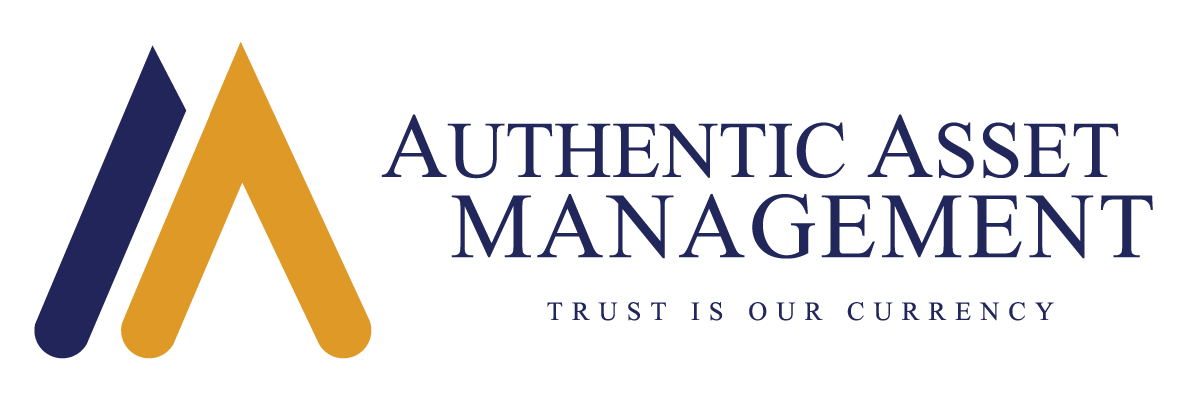It is a struggle to find anyone not pleased to kiss 2020 goodbye. The year was one full of COVID-19 related tragedy and unavoidable change, affecting health, employment, social well-being, and societal norms. Political strains also surfaced, ranging from diplomacy with China, UK-Europe Brexit, and a US election process that left few South of the border pleased with the state of democracy.
One would be forgiven for presuming that risk assets would suffer long and hard under the circumstances. One would also be left flat-footed. Not only was there a breathtaking rebound in asset prices from the initial sharp fall in the Spring, but there was also a speculative surge into year end. Governments and central banks stared into the abyss in March, and uncharacteristically responded – quickly, decisively, and with hitherto unimaginable magnitude. Their whopping programs have stoked what now seems like an inexorable rise in financial market prices.
2021: The Year of the Cyclical Recovery
We look to 2021 as the year of the cyclical economic recovery, after 2020 as the year of unprecedented stimulus. We expect a trending improvement in growth in North America and around the world, albeit will take to the end of the year to close the hole in economic output caused by COVID-19. This is the premise for a cautiously optimistic view of equity prices. It is predicated upon successful vaccine rollouts vanquishing COVID-19 over time and on slo-mo response functions by the central banks in favor of letting market conditions “run hot” rather than reining them in. These factors would enable a return towards normalcy in consumer life that would provide durability to the embryonic growth rebound.
Another surge in financial market prices to the upside is plausible. It would likely be spurred on by another round of unparalleled new stimulus akin to 2020. The dance card of the incoming Biden Administration is certainly full in this regard: $1 trillion stimulus cheques, $2 trillion Green Revolution initiative, $1 trillion infrastructure package. That $4 trillion is equivalent to 17% of US GDP, which could act like a steaming locomotive in driving up growth expectations.
What about the downside risks? From a valuation perspective, there are certainly many arguments that can be made that equity and bond market pricing overall are what we might term “bubblicious”. Sustaining cheap funding costs, short-circuiting credit risk, subsidizing the corporate sector and keeping jobs warm, is being accomplished by the government and central bank policies currently in place. For all the talk of unfettered capitalism, asset prices would be significantly lower if the authorities pulled the rug on their extraordinary activities, and instead left capital markets to their own devices to price assets.
Equity valuations do not make much sense without the extraordinary policies currently in place. They would otherwise be not just expensive, but extraordinarily expensive. Valuations measured by price/sales, price/book, price/cashflow, and P/E multiples to name a few are not just at historic highs, they are downright frothy. Yet, it is all a relative affair, with policy measures suppressing credit spreads to artificially low levels, thereby diminishing the alternatives to owning stocks. This puts a floor under the equity markets and enables a “buy the dip” and “TINA (there is no alternative)” investing climate.
Bubblicious – Policy Is the Bubble in Which Prices Are Set
We coin the term “bubblicious” to emphasize that current asset prices are rational as long as: one, we remain in the bubble of extraordinarily accommodative government and central bank policies; and two, markets believe these policies will continue. These are the necessary preconditions to justify current pricing levels.
Ironically, major downdrafts in financial market prices become more likely, the further along we get with the global economic recovery. This is because the authorities will start to take down the bubble within which we have been marking up stock prices and corporate credit. Metrics used to value a large number of growth companies will then appear very stretched in the daylight of less active governmental actors.
There are a couple of items on our radar that could lead to a bumpy second half and 2022. Fundamentally, global debt loads are literally off the charts. There is no narrative of concern there yet. If it emerges, fiscal looseness is at risk. Secondly, there will be an unusually bewildering potpourri of data forthcoming. The COVID-19 impact will result in year-on-year comparisons which will dramatically flatter some data and substantially diminish others. The cratering of both inflation and profit growth in Q2 2020 will fall out of year-on-year changes as the year goes on. That will point to a significantly slower pace of profit growth and a significantly faster profile of inflation. It will be important to observe if only the cherries are picked.
This article is provided for informational purposes only. It is not intended to provide specific financial, investment, tax, legal, or accounting advice to you, and should not be relied upon in that regard. It is also not predictive of any future market performance. These views are presented at this moment in time and are subject to change without notice. You should not act or rely on this information without conducting proper and complete due diligence.
For more articles by the author, please visit: www.authenticasset.com/perspectives/

